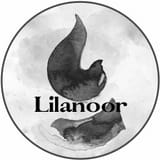Meet the Collective behind the Lilanoor Center for Voice and Music
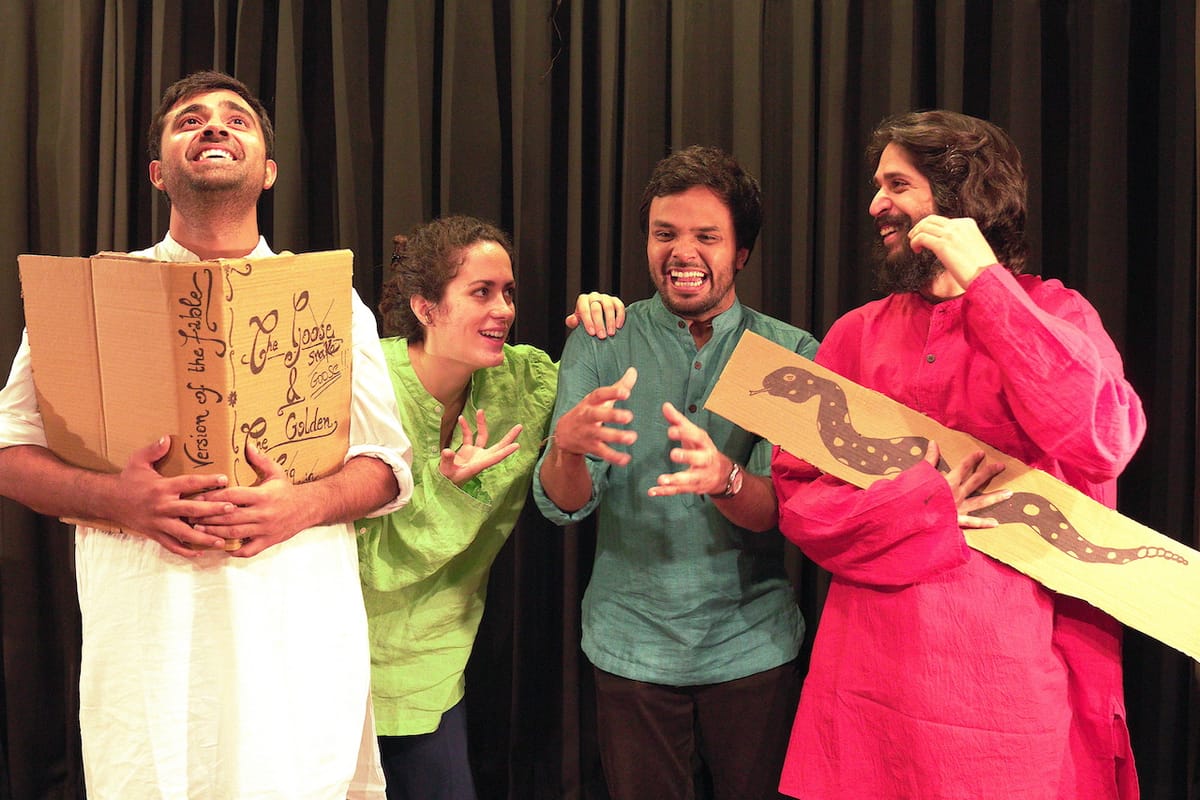
As the planners and policy makers of today focus on creating affordable and productive spaces for people to travel, live and work in, the common element driving such changes is the idea of creating a more inclusive community. The fulcrum of such an ecosystem lies in the nurturing of cultural spaces – the heart and soul of a community.
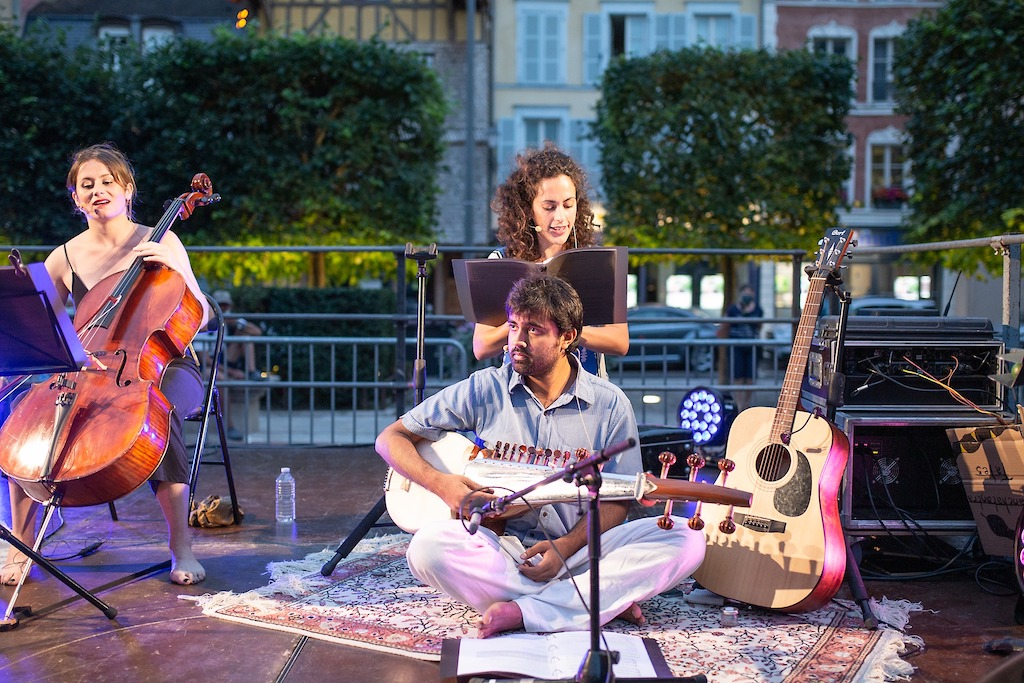
With this in mind, tucked away in one of the more ‘rurban’ parts of Delhi is the Lilanoor Center for Voice and Music. On walking through bustling lanes filled with vendors, hawkers, power lines, and the rush of the city, you chance upon a sudden sense of serenity – a space mindfully curated by the team, each corner of the school filled with warmth – lamps, rugs, instruments, candles, and teapots. The noises of the city are almost instantly dimmed by the reverb of song.
Dedicated to the voice
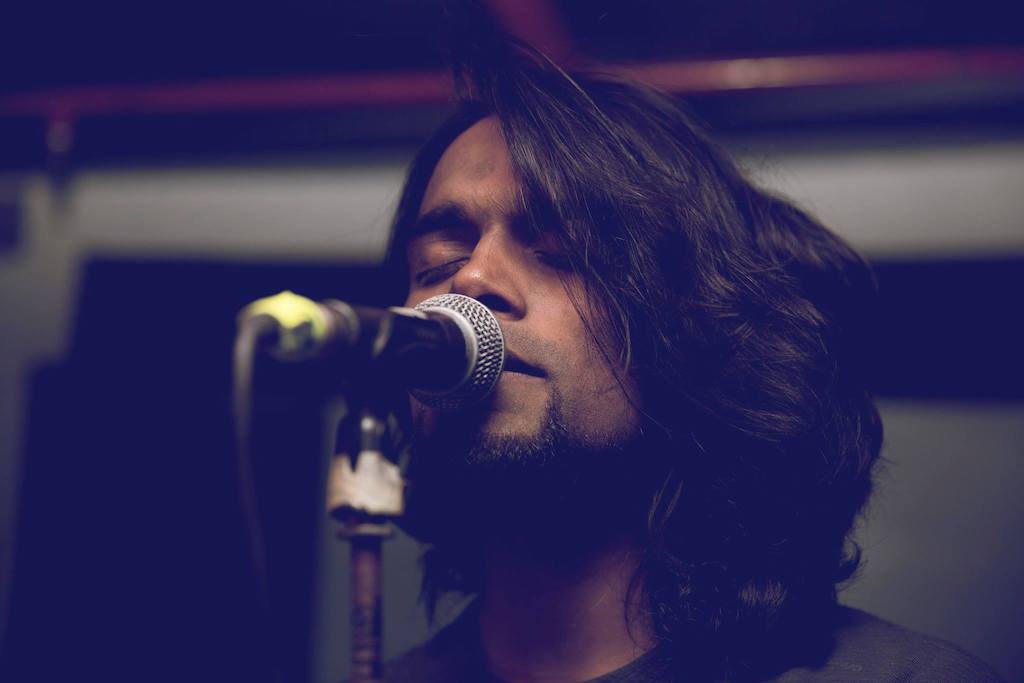
While the space is filled with a shared vision of building an organization that becomes the hub of a myriad of arts, the collective decided to start off with a Center dedicated to the voice and vocal music from around the world. Sherry Matthews, vocal coach and the voice behind some of the city’s finest bands says, “The voice is probably our oldest, most expressive and intricate instrument, one that is common to all musical traditions, and discovering how our instrument works can really be an endlessly fascinating pursuit.”
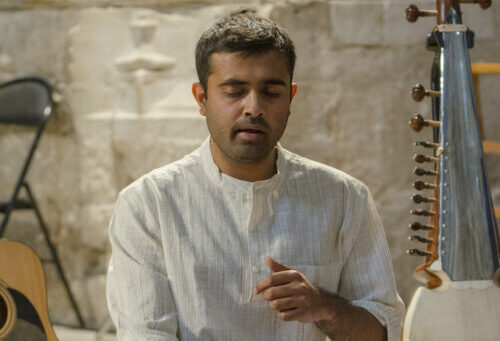
Bhanu Sharma, a musician who started young and has dabbled in various forms of music over the years says, “We’re extremely fortunate in India to have exposure to such a colourful palette of music, and while we may have our preferences, we often develop skewed notions about some of them. Or we just don’t have the time or resources to go into understanding them beyond a certain point, encounters that can be extremely rewarding and mind-opening.
We will be offering classes in Hindustani/Carnatic music, Western contemporary and Western classical music to begin with, and are keen to add music from other existing traditions from around the world, with the firm belief that they are all worthy of equal respect and status.”
Behind the scenes
The idea behind each course is to enable students to delve into the nuances of each form, with the design and decisions behind this structure, rest firmly on a bedrock of values espoused by the Collective.
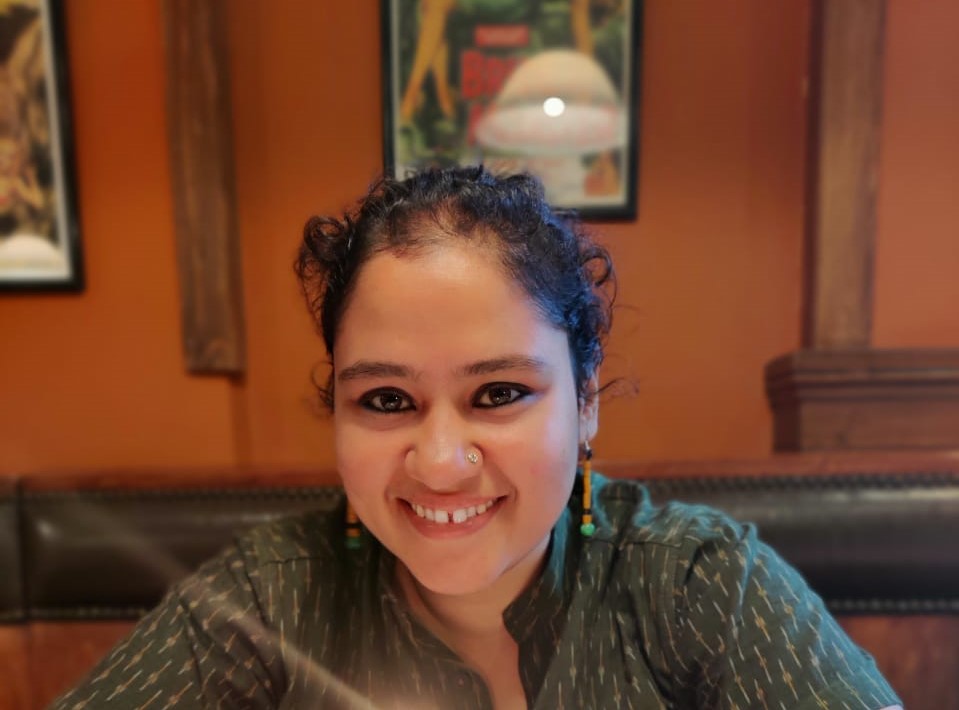
For Anubhuti Sharma, a Ph.D scholar in Arts and Aesthetics and Hindustani classical music practitioner, it is about agency. “As young people with our unique musical journeys, we are committed to creating a space that is rigorous, creative and accessible – a space for intensive training, research and reflection that give students exposure to different musical forms, systems of knowledge and innovative pedagogies so that they can make more conscious musical and artistic choices. While it can be a task to choose which genre to pursue, even when one makes that decision, another daunting journey ensues – the search for the right kind of training and the right teacher who has stakes in our musical growth. In the case of Indian classical music, even though there are numerous schools, teachers and degrees, music education lies shrouded in the noise of fixed hierarchies, inflexible pedagogies and a cloud of mystification. We strive to create something different for our students and give them the freedom to explore this art passionately.”
The Lilanoor Ensemble
Artists of all stripes coming together to connect through their unique language is what gave birth to the Lilanoor Ensemble – the productions and performance wing of the Collective.
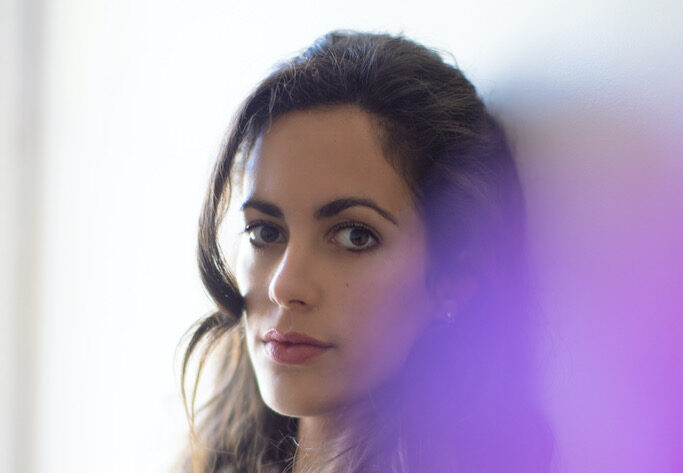
Harmonie Deschamps, French soprano and actress, speaks of dialogue. “The Ensemble is a fluid entity, the only constant being a desire to forge connections between artists, art forms”. It is about sitting together, exploring possibilities for meaningful dialogue between diverse, often contrasting creative traditions, all the while being authentic to each universe.”
The Lilanoor Ensemble has been creating and performing unique music-theatrical shows across India and Europe. Based on stories and music from South Asia and Europe, in 2022, they will perform Sangam – Confluences in India, France and Switzerland featuring Western baroque music, Middle Eastern and South Asian folk and classical music.
Core Philosophy
The spirit of the Center hinges on the idea of interplay which reflects in the courses that it offers, the faculty, their training and pedagogical approach. Reflecting on the etymology – Lila which can be interpreted in Sanskrit as ‘the arts’and Noor in Arabic as ‘light’ (both words holding a wider range of meaning connotations of course) – come together to create a “Light of the Arts”. The Center is thus at its very basis, a confluence of traditions.
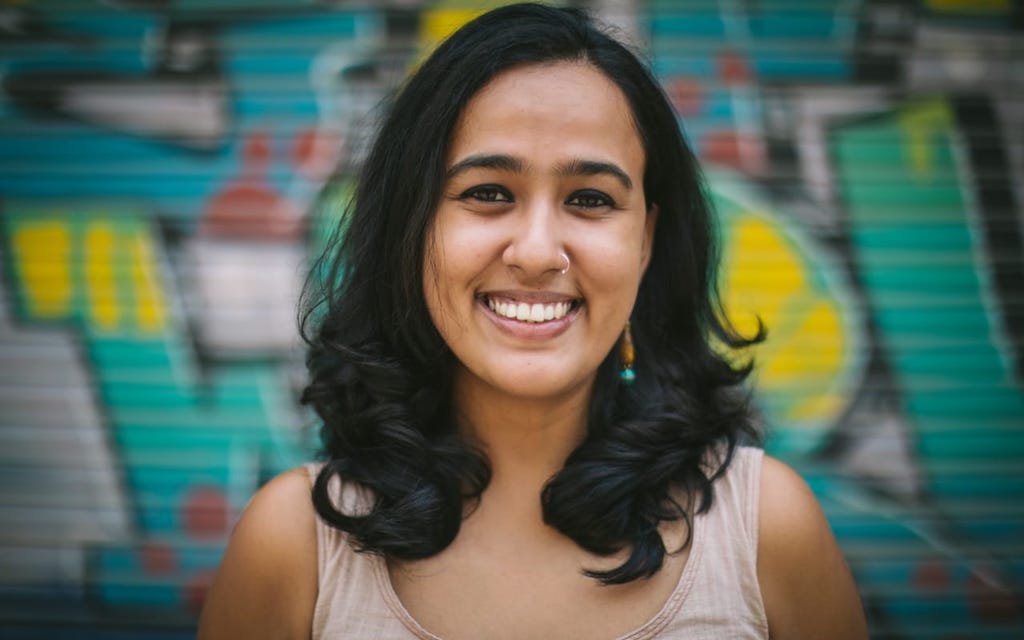
Subhadra Kamath, one of Delhi’s experienced young art practitioners stresses upon inclusivity. “Arts education has always been a luxury in India. Even today, we see arts education as more accessible to some and a distant dream for others. Yet the arts were always about fluidity of expression and breaking boundaries. We try to achieve this by connecting directly with the community through the community choir as well as workshops, classes and performances that are open to all, especially those who find it challenging to access such spaces.”
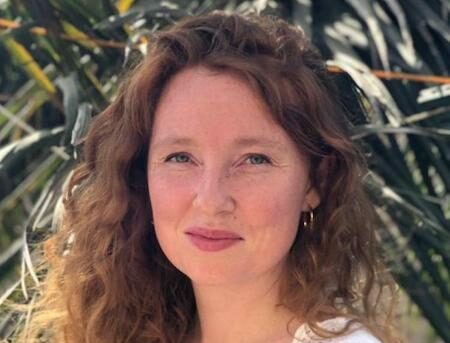
Music Therapy is another area of research at the Center. Music has been used a tool for healing and therapy through time and across cultures, most popularly by the Ancient Greeks, or the prescription of Ragas for specific maladies in India.
For Céline Burlot, who began training as a singer and flautist at the age of 5, before an intense period of study at the International Centre for Musicotherapy, Paris – it is about intimacy. “Music Therapy is when music is at the service of therapy, to facilitate the process. Music has this wonderful ability to immediately connect us to our emotions. For many of us, there is a gap between the quantity, the intensity of the emotions felt and their expression. Using music in a safe setting to meet our unexpressed emotions is very useful in bringing oneself towards lightness. There is an element of voluntary verbalisation with the therapist, before the natural process of healing/transformation takes over. All of this allows us to gradually lift the barriers erected to protect ourselves during our life and to connect to our deeper being,” she says.
International Experience
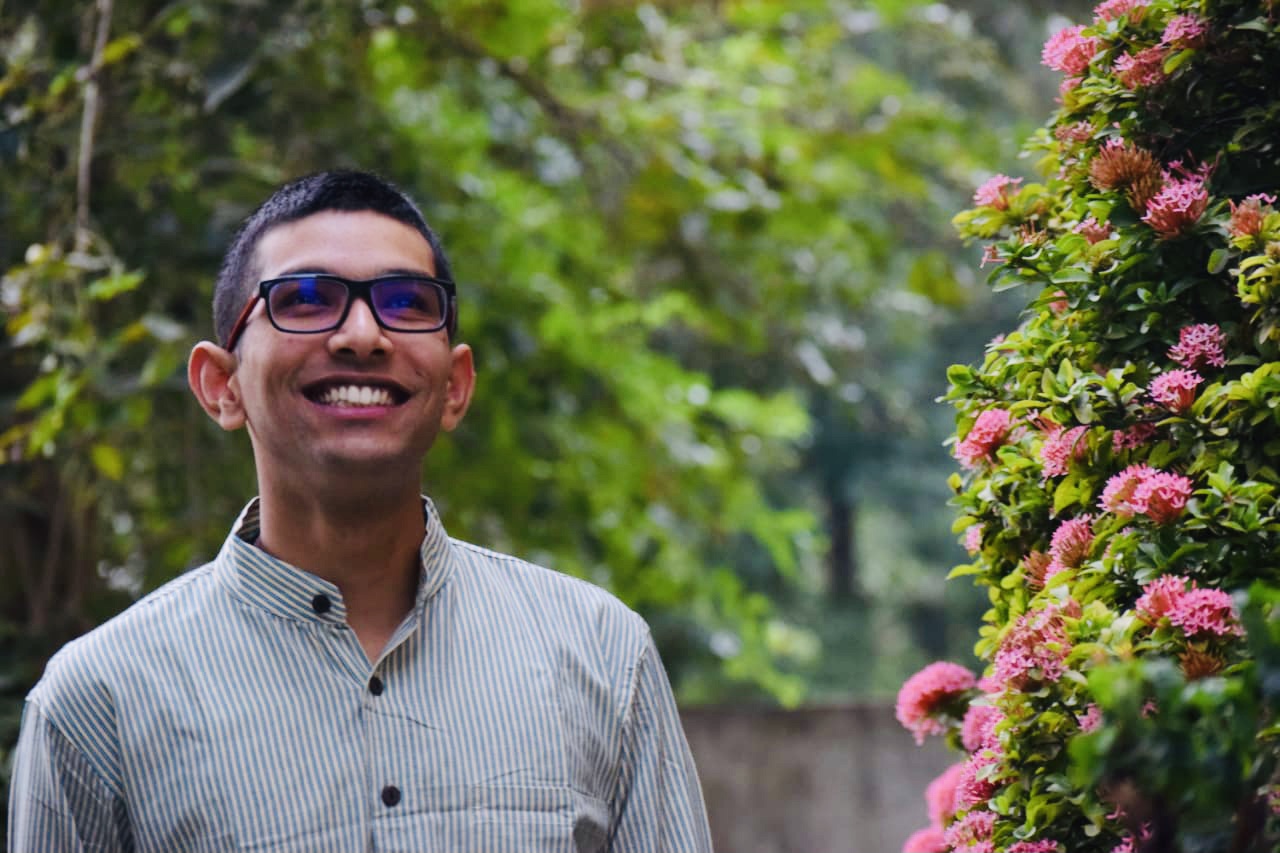
Each artist brings their own flavour and unique understanding to the school, built upon their experiences, cultures and sensibilities. Many of the school’s faculty have benefited from the work done overs the years by the The Neemrana Music Foundation (TNMF), with some even having received scholarships to study Western classical music and Opera at conservatories in France. Akash Gadamshetty, a TNMF scholarship awardee says, “Studying at a music conservatory was an extremely valuable experience. The structure and approach to music education itself is something that students in India could benefit from, adapted to our context of course. In addition to singing and technique classes, we have some important supplementary courses in ear-training, solfeggio, yoga and breathing, music history and theory, theatre and movement, even music therapy, all of which contribute to the making of a complete vocalist and musician.”
Eventually, however, the school is not just about its courses, or faculty, but about preserving and nurturing the keystone of our times – its cultural tone. The Collective states:
“We’re extremely fortunate in India to have exposure to such a colourful palette of music, and while we may have our preferences, we often develop skewed notions about some of them. The objective of Lilanoor is to unravel this colourful fabric, and allow those with curiosity and passion, to pick at the threads and weave their own narrative. Above all, the Center is a place where anyone in search of a spark, a solace, a skill or, a safe space can walk in, and stay on.”
More Information
Website | Facebook | Instagram | Registration Form | Linktree

